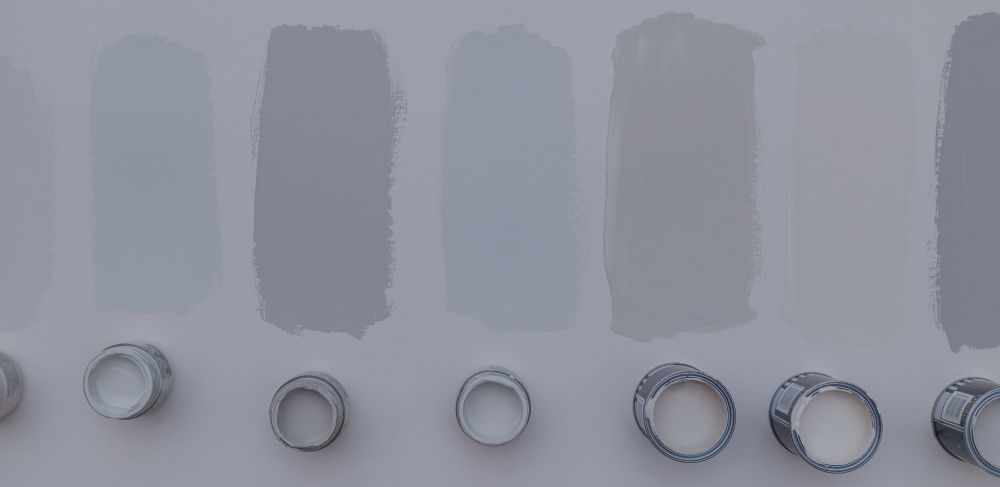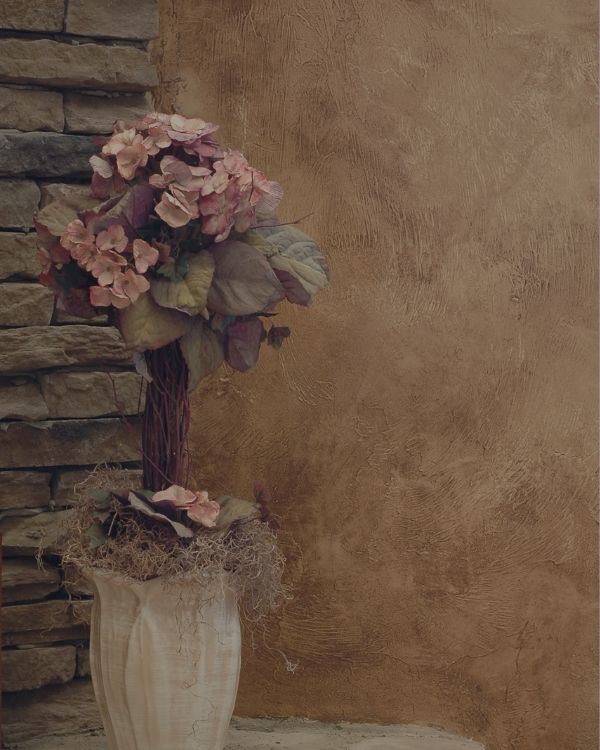Use Paint To Pimp Your Home Like A Champion
One of the ways we can make our homes feel warm and inviting is by using colors. Painted walls give off a sense of peace, calmness or even excitement depending on their tone! When you paint your room, don’t forget that each color represents its own personality and feeling. Some colors seem to bring out more in people than others. Not just the type of paint is important, but also how this choice impacts other aspects like furniture or accents in your place. Here are some tools and tips to get you from knowing to action.

1. Consider the combination of colors
It can be overwhelming to figure out which colors are right for your home. You need to take into account what each room is meant for and how a color affects the ambience. Also keep any planned future changes or additions in mind before deciding on a color scheme.
People are trendsetting away from the idea that every room needs to be painted with the same color. Instead, more and more people opt for a fresh new look in each individual space whenever they can. This allows you maximum options when deciding how your home should be decorated.
The decision to paint your room can be tough. What feeling do you want to have, when being in it? Is there any furniture or art in the way that should be taken into consideration before making an important choice for yourself. Think also about the perspective of others who enter this space before deciding? To make sure it is the right color for your home, test the colors to see how they look in different lighting conditions.
2. Be creative with murals
While paint may seem like an ordinary tool for home decoration, it has the ability to do so much more when artfully applied. You can create beautiful murals on your walls that tell stories about family members and express emotions!
The best thing about painting is that it can be used for so many things. You could write messages or stencil mandalas and bring joy into every room! All this beautiful work would only take little time because anyone can do these simple tasks by using some paint.

3. Faux finishes and textures
Learning to paint is an innovative way for homeowners and interior designers, as it not only provides them with the opportunity of improving their homes, but also brings a new sense of creativity. One popular technique in painting these days are faux finishes, which can be achieved using just about any type of color paints available at your local hardware store!
The beauty of a textured paint affect is something that many people are discovering for themselves. The results can be seen in homes all around the world, not only because the costs are much lower than hiring a professional to do it! You may not need anything more than basic tools like brushes or rags when you’re trying out this technique, just make sure they match whatever color scheme you already got in your room.

4. Get to know your whites
If you want your home to be fresh and clean, then the perfect white is what you need. White walls can make any space feel elegant, while also providing a touch of simplicity.
The range of whites is as diverse and full-bodied as any other color. Some are made for design purposes, while others take on an entirely new life in painting or construction projects, all with different qualities that can be tailored to your needs!
The difference between a warm and a cool white is the undertone. Warmer whites offer more yellow undertones, while coolet ones tend to be bluish! You can use these colors for different purposes depending on your needs; try using warmer whites when you want something that will make larger spaces seem cozier by adding depth onto their surfaces.
5. Use color to separate different areas in one big room
When designing the first floor of a home, it is important to think about continuity and how color can be used as an anchor for different areas within your layout.
Designers often use color to create zones in their home. For instance, if the dining area and TV room are both big open spaces with any wall in between, then using different colors can help separate one space from another. As well, make sure you don’t stick too much on just one type though. Consider offering some variety by including lighter shades.
6. Create contrasts
A wainscot provides a striking contrast between dark and light. When the top third of your wall is covered in one color, then you can place flat molding underneath this intersection for an eye-catching effect, that will draw attention to both upper and lower wall.
7. An accent wall makes the difference
If a room is going to have one major visual feature, it should be on an accent wall. A vivid hue can bring in some contemporary vibes while still feeling balanced and cohesive with other colors throughout the rest of your home.
Conclusion: Get the right feel with the right colors!
The right color can make all the difference in your home. Even if you have already chosen a paintbrush and palette, don’t forget that each hue has its own character to explore before deciding on one specific scheme for your walls! This is important because it helps to add extra personality into every space. Keep in mind that selecting accents, like wall decor pieces, may be more appealing when paired up nicely alongside matching tones.
When designing an open-plan home, it’s essential to think about how paint colors can be used as focal points in otherwise featureless rooms. The trick here is figuring out what kind of color you want for your space.




